(The research in this article, particularly from the Atari memos held by the Strong Museum in Rochester, New York, was provided in large part by Alex Smith of They Create Worlds. Please check him out, as a frequent and high-quality collaborator of mine.)
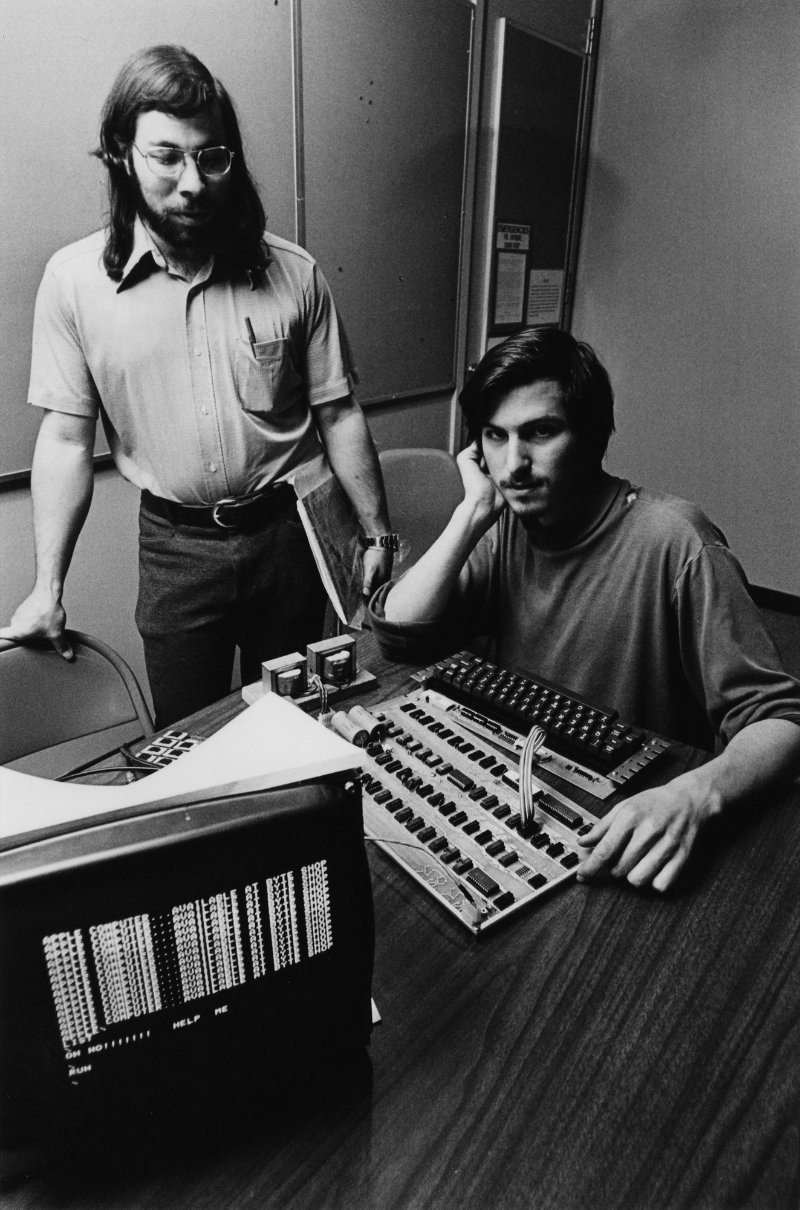
The legend of Breakout is an oft told story. It’s not often that you get a future business magnate like Steve Jobs (who reportedly hated video games) slumming it creating a huge arcade hit. The experience invigorated Steve Wozniak to create a sophisticated graphical interface for his second computer, the Apple II. The circumstances of the creation of the game would lead to one of the only true rifts that the two Apple co-founders ever had between them, so it’s a critical part of understanding their relationship.
But when did it happen?
This question perplexed me ever since I started reading about the event. The early years of Silicon Valley are jam-packed with legends and so many crossing events happening simultaneously. Jobs’ intersection with Atari is very much conjecture with a backdrop of absence that very much complicates the story. Sousing out the facts of the creation of this Breakout prototype is difficult, so let’s go through the process which led to the current conclusion.
The Facts

Steve Jobs was definitely in Atari’s employ in 1974. The only existing artifact of him is the technical breakdown he did for the game World Cup (which proves at least, no matter what else can be said about his business acumen, that he could at least draft a written report) released in April 1974. Following this, Breakout was released in June of 1976 (Replay 1976-06; Cash Box 1976-06-19) (though there’s evidence it started production in May or even April) (Cash Box 1976-05-29).
The source of the confusion arises from the gap between the known instances of events, coupled with the basis of the story – the legend – told about the game’s creation.
The Story
Steve Jobs was employed as a technician by Atari and attracted a good deal of attention from some figures within the company. He decided he wanted to leave the company in order to study meditation in India, so Al Alcorn arranged him to do one last job for Atari in Germany and Italy which got him close enough to finish the journey on his own. After studying in India, Jobs returned to Atari and asked for his job back, which they provided to him (Isaacson).
In the game design pool, Nolan Bushnell brainstormed the idea of a vertical Pong and pitched it to the staple game engineers at the company. None of them wanted to work on it because Pong-style games were not selling very well any longer. Convinced it would be a hit, Bushnell turned to the technicians to ask if any of them wanted to take on the task. Jobs would accept this offer, but knowing he could not create something from scratch, he brought in Steve Wozniak to create the circuitry for this game (Kent).
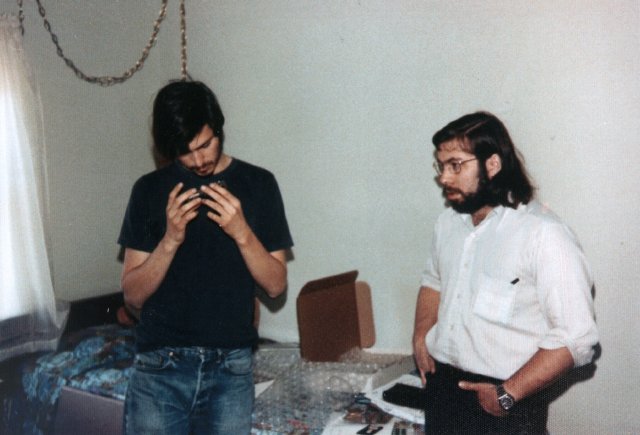
Jobs told Woz that they needed to finish the game in 4 days as a requirement of the assignment. However, the real reason he personally wanted the game done so quickly was so that he could go to an apple harvest up in Oregon, requiring the promised money to get there. The pair worked for four straight days and delivered a prototype to Al Alcorn (Kent; Wozniak 2013).
Jobs was paid, but Alcorn realized that the board they provided could not be manufactured. In order to meet the strict deadline, Wozniak had taken liberties with the design which made it not ready for assembly line production. He offloaded the scoring system to an external display (not using in-game graphics) and used expensive RAM chips in the design. Even that aside, it wasn’t reproducible at a logic level (Goldberg and Vendel).
Still wanting to release this game, the assignment was given to Atari’s subsidiary Cyan Engineering. An engineer there, Gary Waters, made a production-ready version of the Breakout game board which would become the version they used to sell the game to the distributors around the world (Goldberg and Vendel). Breakout was a massive success for Atari as well as a hugely influential game. For Apple, it was a foundational footnote on the road to their company.
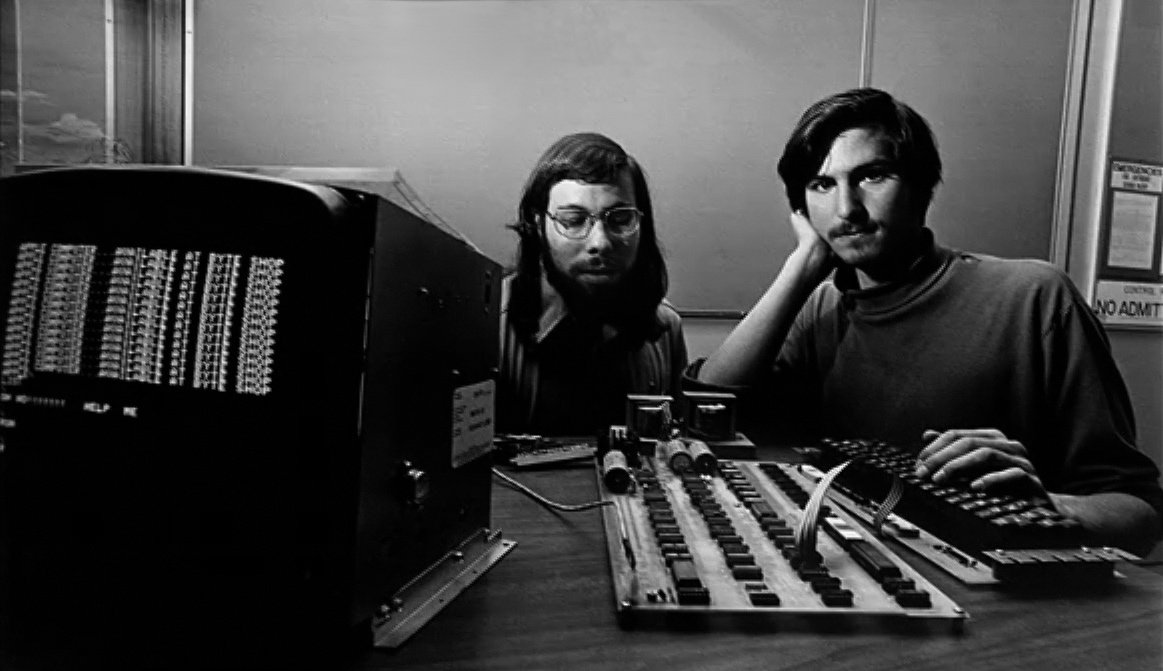
The telling is simplified (such as the infamous chip reduction payment) for the sake of focus on the important aspects. The legend has been supported by many different sources, but also challenged by further facts which complicate the story. We’re going to start from the top and discuss where the new/old evidence contradicts the tale.
The History
The exact start of Jobs’ employment at Atari is unimportant. Whether it began in 1973 or 1974, whether he actually put up feet on people’s desks, whether he was Nolan Bushnell’s spy are all inconsequential to the timeline of events (Kent; Isaacson). What we do know by the World Cup Soccer memo is that he was still with the company in 1974.
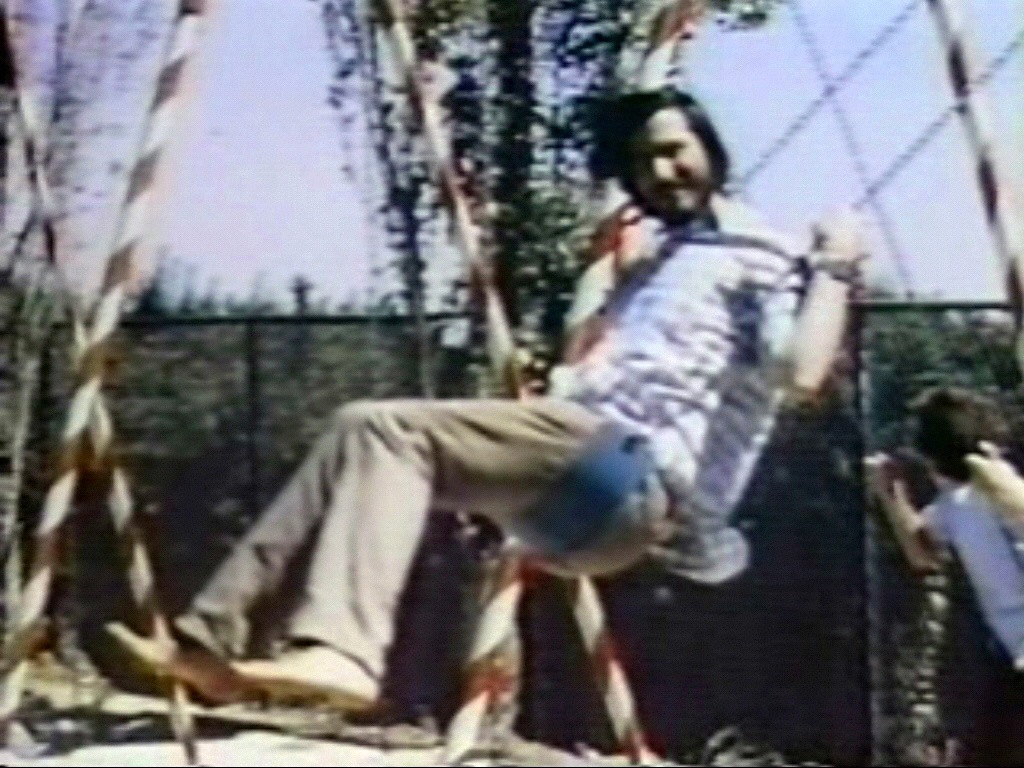
Jobs claimed to Walter Isaacson that he spent seven months in India. According to the first comprehensive biography of Jobs, Steve Jobs: The Journey is the Reward, upon his return he went to practice at a primal screaming therapy class in Oregon for twelve weeks. After which, he returned to Atari (Young). Isaacson says that he left for India in April 1974 (which we will presume as accurate for the moment), so that would place his return to Atari in early 1975 (Isaacson).

Around this time, Atari was just starting to put their game ideas into official memos distributed throughout the company. A memo dated January 14, 1975 (housed at the Strong Museum in Rochester) lists two relevant entries. The first is a fully fledged game idea, derived from a competitor’s arcade game: “Clean Sweep (with the addition of the fact that the areas you knock out create a completely closed field at the start of the game)” Ramtek’s Clean Sweep has long been acknowledged as a ‘proto Breakout’, though no direct connection had ever been established. The other was an entry with no description, simply called ‘Bricks’ (Bristow 1975-01-14).
A memo from the following month, February 12 1975, shows that ‘Brick Game’ without a descriptor is currently being worked on by by an engineer named Dave Dean (Atari 1975-02-12). A separate memo from the same day, a production schedule, is outlined with, “Wirewrap cleaned up April 21; production release June 1” (Bristow 1975-02-12). An undated spreadsheet of projects listing completion dates for games from April to October (probably written around April) showcases ‘Brick’ with three significant changes. The engineer in charge of the project is no longer David Dean but instead an Al Green, the listed start is in July with weeks 11-21 in the period marked for development, and a new entry lists Cyan Engineering’s Gary Waters with the separate project “Brick WW” which is blocked out for the entirety of June (Atari, Untitled Spreadsheet).
The next memo showcases game production from May to November, with several ranges of completion for aspects of a project. ‘Brick’ has a single date listing under all the headers as August 15 (which is not true for all the projects on the memo) (Atari, Project Completions). What this implies is that the outlined production schedule was pushed back, though possibly the wirewrap was on-time.

Another notice occurred in April which really raises an eyebrow. As famously known, the Homebrew Computer Club started sparking Steve Wozniak’s interest in personal computing, and in addition to the meetings there was also a circulated newsletter. The last personal classifieds section in the second issue, dated April 12, 1975 has Woz proclaiming that he possesses (among other things) “a video game called breakthrough”. Based on the similar name – and his assertion in his autobiography that he completed Breakout before joining the club in March 1975 – implies that he has made for himself a version of the game he designed at Atari that had not yet been released and showed it around to people (Wozniak 2007).
The connection becomes more concrete when Atari’s internal memo for July 15, 1975 lists a new game: Breakthrough, as ready for a location test (Bristow 1975-07-15). There is no further mention of the Brick game which was meant to go into production in August. Alex Smith contends that these games are likely entirely separate ideas, with Breakthrough instead linked to the Clean Sweep concept, but it is worth noting that neither game ever had a gameplay description. We will operate with the assumption that they are continuations of a concept for now.
The last memo mentioning Breakthrough would be a January 20, 1976 memo with changes to outlined production schedules. Breakthrough would be ready to enter production in August of that year, which is later than Breakout’s debut, but shows that there was a game entitled ‘Breakthrough’ at Atari prior to the release of Breakout (Bristow 1976). Some PCBs of Breakout are titled ‘Breakthru’ which were likely early production versions.
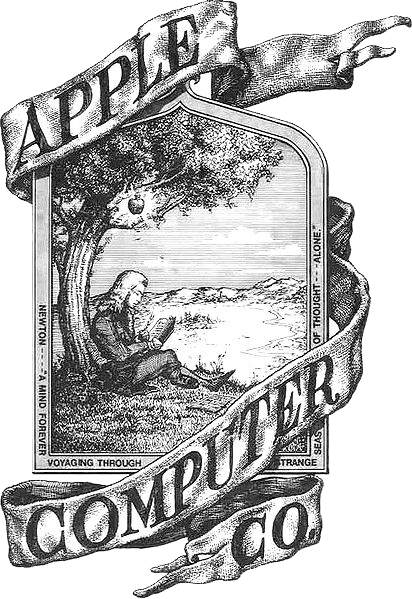
Several elements of difficulty arise with these sources. To talk about the timing first, it’s contended by Wozniak that Jobs needed the money from the Breakout project to attend an apple harvest (Wozniak 2013). Since it was imminent, this would place the completion of the game in Fall of the year (which is when apples are generally harvested). Were it in Fall of 1974, that would mean that Jobs’ six month stint in India would have had to come after completing Breakout, and assume that Atari sat on the game concept for two whole years before releasing it. If it was Fall of 1975, it would imply that ‘Brick’ and ‘Breakthrough’ were entirely separate concepts from Breakout, and that Wozniak just happened to have created a game with a very similar name prior to ever getting that assignment.
As it turns out, the early Jobs biography appears to settle matters. It mentions two separate events (well, three, but let’s not bother about the third) relating to Steve Jobs’ trips up to the All in One commune farm in Oregon. The first was a simple visit, placed directly after his telling of the Breakout story as Spring of 1975. A later section in the book then claims he traveled there for an apple harvest right after completing Breakout, contradicting the prior passage (Young). It’s likely that both the book and Wozniak have conflated two separate visits. The book leaves a trail as to the truth whereas Woz has been firm in his story, possibly exacerbated with his head injury which often puts him in the crossfire of historical examination. Without assuming the construction of Breakout must take place in the Fall, it opens up the possibility for a much more fitting timeline.

The existence of these Atari memos also opens up the question of the game’s conception. Nolan Bushnell and Steve Bristow have both claimed general credit for the conception of the game, but neither one ever claimed it was based off of an existing game concept. It is more than likely that Jobs and Woz did not know it, despite the inevitable similarities to Clean Sweep. As the game ideas are not given attribution, it is quite possible that Bushnell was the one who suggested the general idea of the game. It is also possible that the Clean Sweep derivative, the ‘Brick’ game, and ‘Breakthrough’ were initially three different concepts which melded together, since they share no connection on the initial memos.
All evidence considered, it’s highly likely that Woz and Jobs’ Breakout prototype was constructed around January to March 1975. If this had no relation to the ‘Brick’ game, then the project existing under different engineers would be a dead-end for a different concept. However, if it was one continual project cycle, these engineers were likely the ones originally designated to take whatever work the technicians did and make it production ready. However, even with the issues, it seemed like the company was fairly confident that they could release ‘Brick’ and ‘Breakthrough’ by the end of the year. Why would they decide to sit on this game and redesign it months after it was tested?
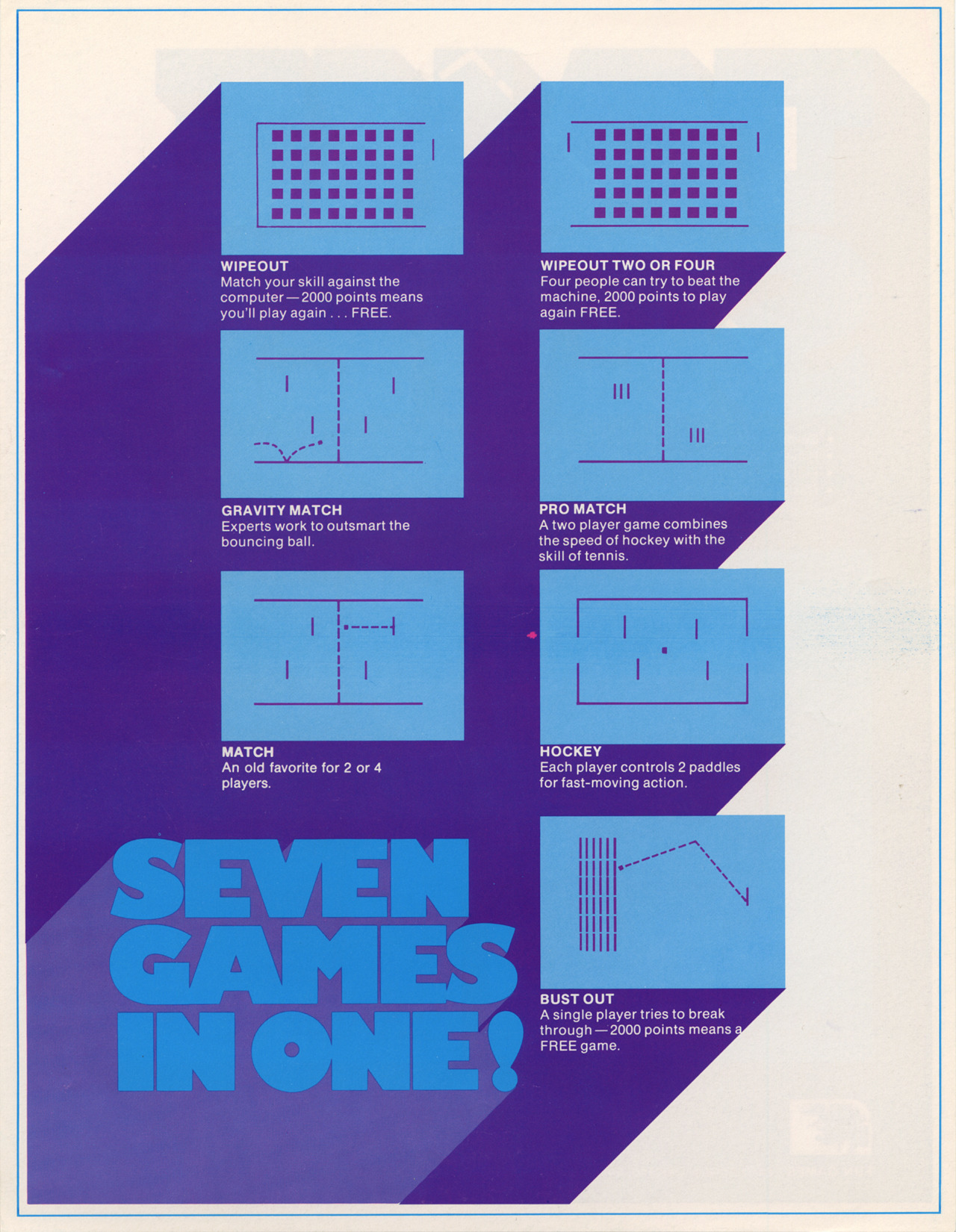
There is one piece of evidence not yet brought up: Atari wasn’t the first to release a Breakout-style game – and no, we’re not talking about Clean Sweep. In 1975 a group of disillusioned Atari employees including two former salesmen – Pat Karns and Satish Bhutani – along with engineer Larry Leppert split off from the company to form Fun Games. Their second product was a multi-game cabinet called Take Seven, and one of the games included over their previous Take Five model was a game called “Bust Out”. As can be seen on the game’s flyer, it is a horizontally oriented Breakout-type game (Smith).
Fun Games would later be targeted by Atari for two different clones they made called Tankers and BiPlane, showing that they were aware of Fun Games’ activities (Smith). It is possible that the potential legal wrangling over this technology or the lack of success this version received put Atari off from further testing of their version. Unfortunately it’s not quite known when Fun Games released their game, so this may be conjecture, but it could provide a possible reason for Atari to sit on the Breakout idea for at least a year after initial prototyping.
So after this slapdash prototype was finished, it appeared to bounce from engineer to engineer who tried to make it work but just couldn’t. Perhaps it wasn’t even evident until they were about to do the wire-wrap that the came simply wouldn’t work in it’s current state. It maybe was that they needed Cyan Engineering to take on the task because it was so complicated, though by that time Atari engineers were creating some fairly complex games on the whole.

How much the original prototype may have influenced the final design of Breakout is uncertain. Woz appears unaware that his version was never actually used and he does remember Jobs being very particular about where certain elements on the screen were placed (Wozniak 2013). It would not be fair to say that their work was unimportant to the final version though, as it appears that the revolving door of engineers at Atari who handled the game would have been able to glean some insight from it’s initial construction and to find the fun worth saving in the concept.
Recap

-Steve Jobs leaves Atari in April 1974 shortly after finishing his work on World Cup (Isaacson).
-Jobs spends seven months in India, then 12 weeks in Oregon. (Isaacson; Young)
-Jobs returns to Atari in the first quarter of 1975 again as a technician. (Goldberg and Vendel; Isaacson; Kent)
-A game idea proposed at Atari as a functional derivative of Ramtek’s Clean Sweep is joined by an unnamed game called ‘Brick’ (Bristow 1975-01-14).
-Jobs is asked to create a game that none of the engineers wish to create (Goldberg and Vendel, Kent). He brings in his buddy Wozniak to do the logic circuitry, claiming that it has to be completed in 4 days so that he can go visit the All in One apple orchard in Oregon (wozniak 2006, 2013; Young).
-The design submitted by Jobs to his bosses is not production ready or even fair for a prototype, but it has the game functionality. (Goldberg and Vendel; Kent)
-Wozniak creates his own version of the game to show his friends at the Homebrew Computer Club. (Wozniak 2006)
-David Dean is assigned to create a wire-wrap prototype for ‘Brick’ by April for a production in June. (Atari 1975-02-12; Bristow 1975-02-12)
-Possibly due to a myriad of issues in the prototype, ‘Brick’ is reassigned to Gary Waters under the project leadership of Al Green, to be produced following July 1975.
– ‘Brick’ is pushed back for an August 15 production date (Atari, Project Completions).
-Concerns about the potential success of the game shelve the imminent production of ‘Brick’, which is newly titled as ‘Breakthrough’. (Several of these entries presume that ‘Brick’ and ‘Breakthrough’ are the same concept, which is not certain. You can remove these entries from your personal timeline if you don’t believe them to be linked.)
-A location test of ‘Breakthrough’ will be held around July of 1975 to test the game’s viability in the market (Bristow 1975-07-15).
-The prototype proves to either be unappealing or unready for full production. Some advocate within the company does not let the concept die however, so the game would be revisited with a new electronics design.
-Towards the end of the year, Gary Waters takes charge of the ‘Breakthrough’ game to complete a production ready version (Goldberg and Vendel).
-The game is completed by January of 1976, still under the title of ‘Breakthrough’. A potential August release gets shifted possibly due to product rotations (Bristow 1976).
-Apple Computer is founded on April 1, 1976 (Isaacson).
-Breakout releases in June of 1976 (Replay 1976-06; Cash Box 1976-06-19).
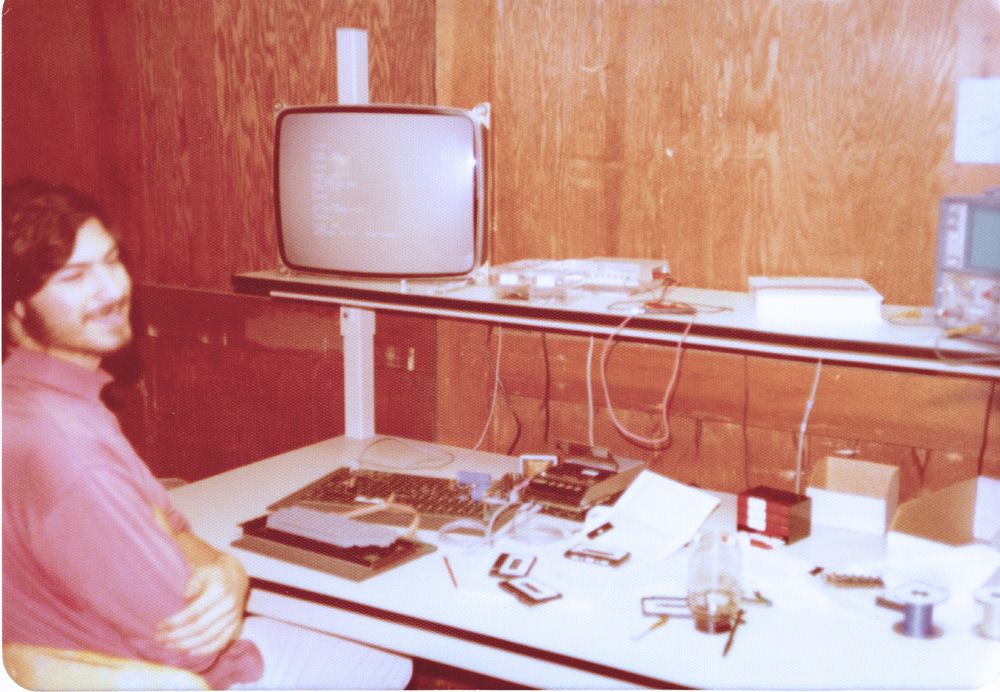
(Double thanks to Alex Smith for his large amount of research that made up the bulk of this article. I am in large part just the stenographer.)
Edit 1: (Thanks to Ed Fries for providing some evidence of the Breakthru board!)
Edit 2: (Alex Smith re-read some of his documents and found some further evidence that Brick and Breakout are definitely the same game, though the jury is still out on Breakthrough. Thank you my friend!)
Atari. Current Engineering Assignments. Dated February 12, 1975.
Untitled Spreadsheet. Undated.
Project Completions. Undated.
Bristow, Steve. Grass Valley Conference 1-11-75. Dated January 14, 1975.
Engineering Goals. Dated February 12, 1975.
Pajaro Dunes Conference. Dated July 15, 1975.
Results of Planning Meeting. Dated January 20, 1976.
Goldberg, Marty and Vendel, Curt. Atari Inc: Business is Fun. 2012.
Isaacson, Walter. Steve Jobs. 2011.
Kent, Steven. The Ultimate History of Video Games. 2001.
Smith, Keith. All in Color for a Quarter. Unpublished draft, 2016.
Wozniak, Steven. iWoz: Computer Geek to Cult Icon. 2007.
How Steve Wozniak Created Breakout. June 27, 2013.
Young, Jefferey. Steve Jobs: The Journey is the Reward. 1988.
Very Interesting! Here’s an image of an Atari PCB labeled as “Breakthru”: https://www.worthpoint.com/worthopedia/atari-breakthru-1975-arcade-game-pcb-1909957883
LikeLike
Thanks a lot Mr. Fries! I’ll update that.
LikeLike
I started with Ramtek in 1973 and Clean Sweep was my first commercial game. I’m glad to see that Clean Sweep has been acknowledged as an important part of video game history. Thanks – Howell Ivy
LikeLike
Thanks very much Mr. Ivy! I was also glad when we found the direct connection between the games.
You are one of the great, unsung heroes of game design! Would love to talk sometime.
LikeLike